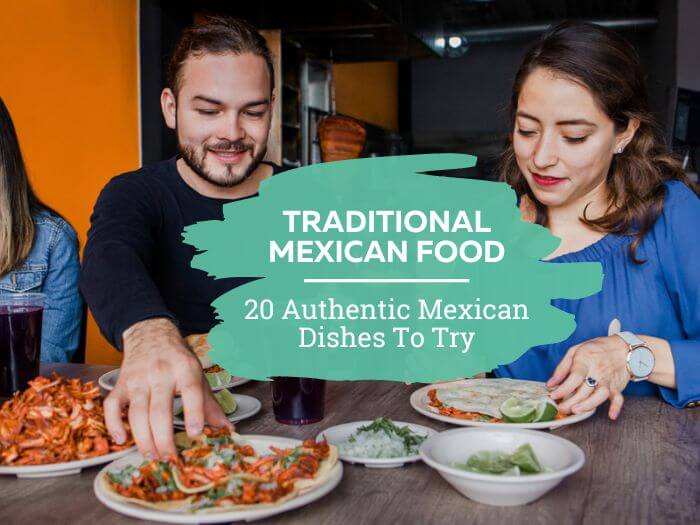Culture and traditions can take many forms and consist of many rituals. And cooking or having a meal can be an integral part of them.
Within traditional Mexican food, the most popular cuisine can be connected to ancient customs, the roots of different communities and civilisations and even to the memory of loved ones who have left us.
This list of traditional Mexican food is a reflection of those aspects of the Mexican culinary universe, but also of the unbelievable flavours and textures you’re about to discover, whether you visit the country some day, hit your local Mexican restaurant or make a recipe at home.
¡Buen provecho!
Pro Tip
By the way, if you want to learn Spanish fast (including Mexican Spanish) and have fun while doing it, my top recommendation is Spanish Uncovered which teaches you through StoryLearning®.
With Spanish Uncovered you’ll use my unique StoryLearning® method to learn Spanish naturally through story… not rules. It’s as fun as it is effective.
If you’re ready to get started, click here for a 7-day FREE trial.
Table of Contents
1. Tacos
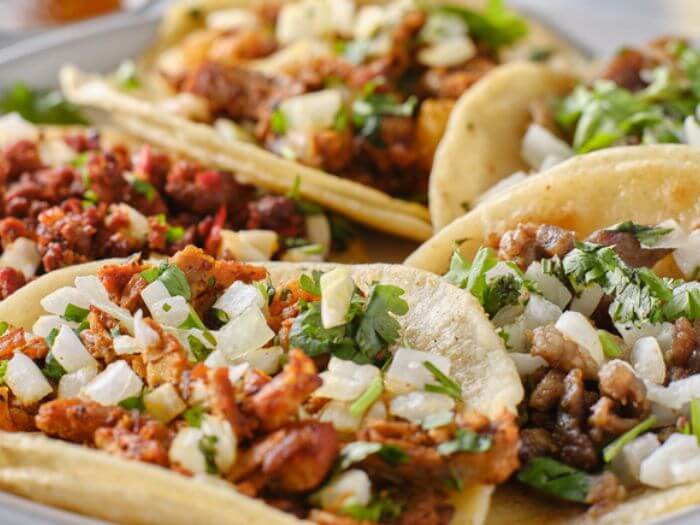
In the Spanish language, “Mexican dish that consists of a tortilla with different toppings” is only one of the many meanings for the word taco, but it’s by far the most universally recognisable.
The taco has been adapted to become one of the many Mexican breakfast dishes available, has been incorporated by other cuisines around the world, and it’s right there on the name of an American fast food chain.
What will you fill them with? From meat to vegetables to seafood to salsas, the sky (or your tolerance to spiciness) is the limit.
2. Burritos
The burrito is another international hit that some Mexican regions actually consider a taco (the main difference is that the tortilla is wrapped, not folded). Wheat flour tortillas dominate their corn peers in many Mexican and American regions.
Tex-Mex cuisine and some southwest areas of the U.S. have given it different spins. And it has also become a globally recognised dish, with people all around the world joining the funny convention of calling a wonderful dish “little donkey” in Spanish.
3. Tostadas
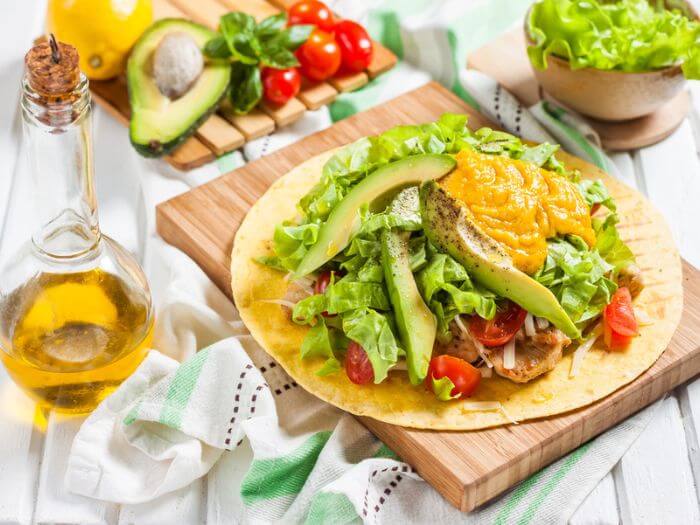
Don’t go for your knife and fork!
Eating this traditional Mexican food is supposed to be a bit chaotic, with the plain and hard tortilla holding the copious toppings, but not guaranteeing any balance when the biting begins.
A usual tostada hack is to make one of the ingredients of the topping pasty enough to hold the others, so that your delicious snack or meal doesn't go directly from the plate to your clothes, or the floor.
4. Nachos
If tostadas don’t do the job for you, take the smaller, triangular approach.
Dip these tortilla chips or totopos into your salsa, cream, or cheese of preference. Or make them join one big and sticky party of ingredients, with cheese or any other delicious glue for meat, beans, vegetables, and dressings.
Enjoyed for many occasions, it’s actually the one Mexican dish that has made its way through movie theatres’ concession stands worldwide, generally with nothing more than cheese, so you don’t make a mess in the darkness.
Speaking of films, if you want to know more about Mexican cinema, check out these 8 Mexican movies.
5. Chilaquiles
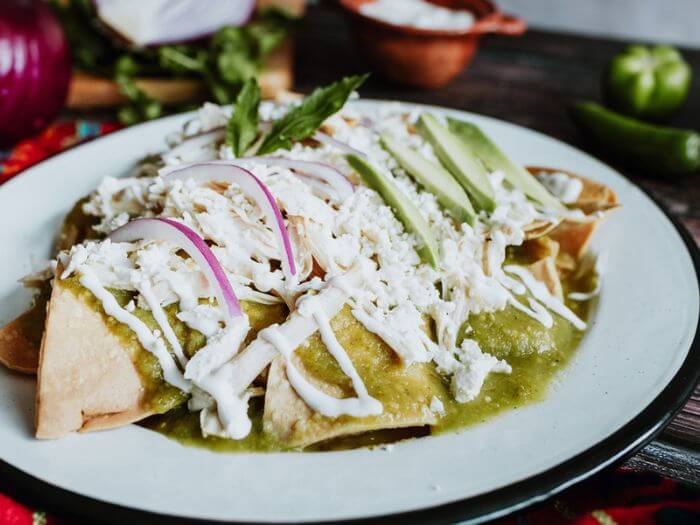
This is a great option among Mexican chicken dishes. Tortilla chips also belong at breakfast, and that’s when chilaquiles enter the scene.
The chips are simmered in red or green sauce (depending on their chile of origin), and then you can add cream, white cheese, onion, avocado, and even some pulled chicken or other proteins for a strong start to your day.
And yes, with the chips getting so soft in the sauce, it’s finally time to use your fork.
6. Enchiladas
Enchiladas come with a caveat.
You can certainly order them from any street vendor, but you’ll mostly need to sit and use silverware, as most varieties of this dish involve covering filled tortillas with sauce.
As for the filling, the salsas, and the garnishes there are multiple options.
It’s the traditional Mexican food that comes with a very short lesson on Spanish verb forms, as enchilada is the participle of enchilar, or “to season with chili”. What a tasty way of learning something!
7. Tlayudas

Oaxacan cuisine has answered the question of how a bigger tostada would work.
And as a result the world got the delicious tlayudas, usually topped with a spread of refried beans, asiento (unrefined pork lard), lettuce, meat, Oaxaca cheese, and salsa.
The thing about its size is that it’s a lot bigger than a tostada, usually around 30 to 40 centimetres in diameter. Eating it as an antojo in the street can be tricky, but wicker baskets always help.
8. Tortas
Ask for one in Spain and you’ll get a flat, circular piece of bread. Or order it in South America and they’ll think you want cake.
In Mexico, what you’ll get is a huge sandwich in one of many versions, including classic ingredients from Mexican cuisine and its regional varieties and even some crossover forms, like torta de chilaquiles or torta ahogada, which looks like an enchilada.
9. Guacamole
First of all, if you’ve never heard or read about it, or you don’t remember tasting it as a dip or a spread at any party or restaurant (even fast food chains), let me welcome you to planet Earth.
This traditional Mexican food will get any celebration going, not only because it's delicious, but also because it brings up conversations about the best way to make it (cilantro can be most divisive), and how to stop it going brown in a matter of hours (damn you, polyphenol oxidase in avocados!)
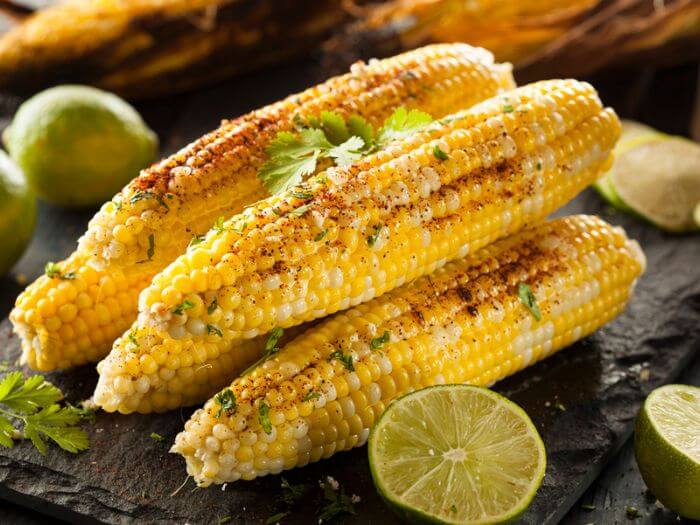
10. Elote
How can Mexican street corn end up in a list like this?
It’s because of the amazing take that traditional Mexican cuisine offers at every food truck.
Sometimes boiled, sometimes grilled, the corn can be slathered or dusted with ingredients like cheese, mayonnaise, lime, cilantro, chilli powder, butter, and sour cream, turning every bite intro a flavour trip.
11. Tamales
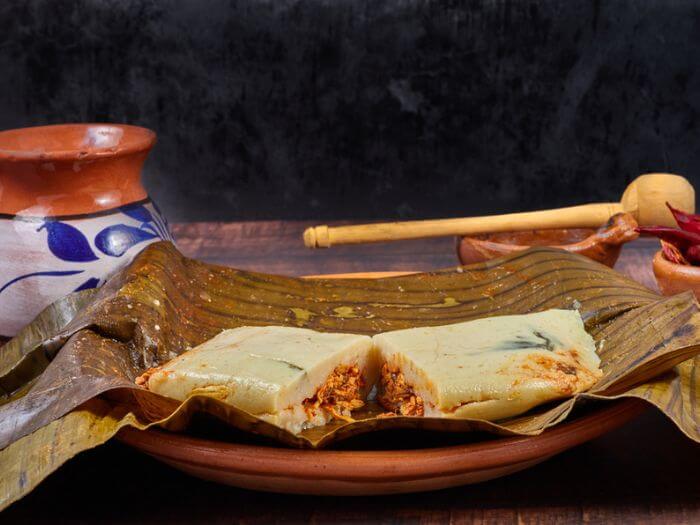
A traditional Mesoamerican dish from pre-Hispanic times, tamales are basically pockets of corn masa filled with meat, vegetables, sauces and other ingredients (you can even go for a sweet filling), then wrapped in banana leaves or corn husks and steamed.
It might be the process of opening the leaves to find your meal waiting for you, the warm aroma they give to your kitchen, or just the embrace of such a long culinary tradition, but tamales are definitely a great comfort food.
12. Pozole
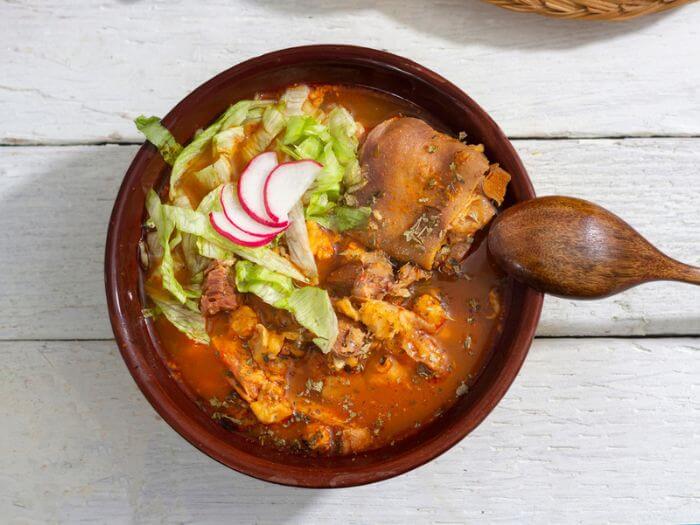
Another pre-Colombian delicacy from Mesoamerica, this hearty soup is typically made nowadays with hominy corn and a choice of pork, chicken, or beef, all simmered in a rich, flavourful broth.
Top it with fresh ingredients like shredded lettuce, radishes, onions, lime, and a dash of chilli (which should be added to taste), and it will become the centre of any meal.
If you want to have an array of traditional Mexican dishes for dinner, you must include some pozole.
13. Mole
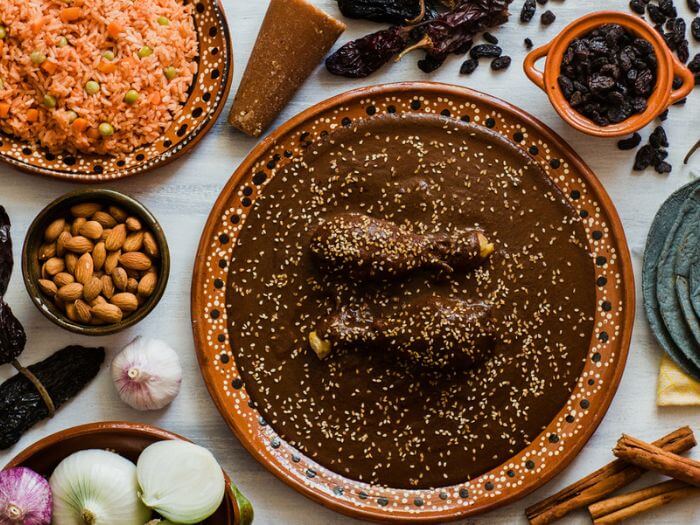
To call it a dish would be an understatement: it’s a complex and rich world of salsas (which you pore over meat, vegetables, or soon-to-be enchiladas) waiting for you to explore it, and enjoy a symphony of flavour and spice.
There are dozens of mole varieties (the most famous are the poblano, blanco, verde, and rojo), involving chilli peppers in combination with vegetables, spices, nuts, and even chocolate.
You’re allowed to experiment with all of them, but don’t call them “mole” as if they were a spy: it’s more like /moh-leh/. Check out my Spanish pronunciation guide for tips on getting Spanish pronunciation right, no matter which variety you're learning.
14. Chiles En Nogada
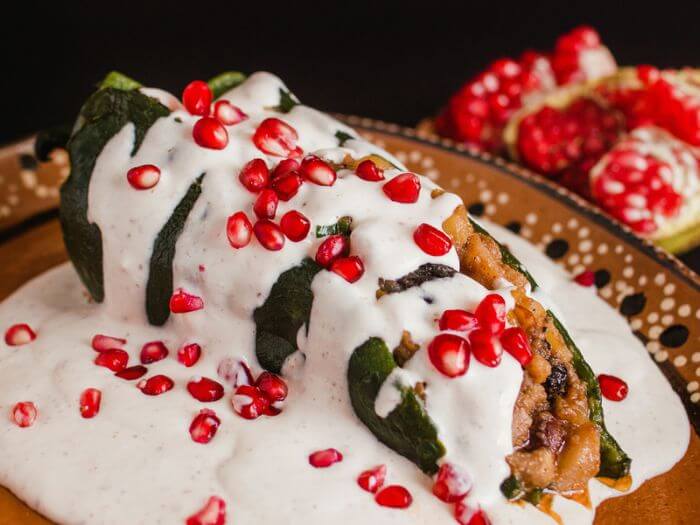
It’s about time I added a little patriotism to this: take a poblano chilli, stuff it with a picadillo mixture of meat, dried fruit, and spices, drape it in a creamy walnut sauce and adorn it with pomegranate seeds and parsley.
Your plate will boast the colours of the Mexican flag, and you’ll be rewarded with the marvellous blend of savoury, sweet, and nutty flavours, showcasing the perfect complexity that only food cultures like Mexico’s can achieve.
15. Huevos Rancheros
If you’ve enjoyed your chilaquiles, now let fried eggs enter your breakfast or mid-morning fare the Mexican way.
Resting on crispy tortillas, they’re drenched in a robust tomato-chilli sauce that should have just the right amount of tang and spice.
This is one of the many Mexican breakfast dishes you can devour in an instant. Often accompanied by refried beans, avocado slices, and a sprinkle of fresh cilantro, they kickstart the day for millions of Mexicans in bustling street carts or in the heart of rural Mexico.
16. Aguas Frescas
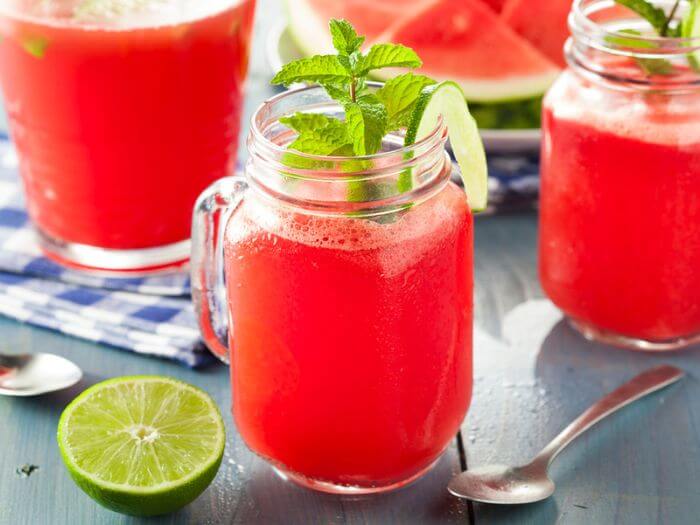
Moving on with our list of authentic Mexican food, this is one you can't miss.
When having lunch in Mexico, forget bottled soft drinks and embrace the refreshing tradition of aguas frescas, made by blending fresh fruits, seeds, flowers, or cereals with water and a touch of sugar, reflecting in every sip the natural variety and abundance in Mexico.
Classic flavours include tamarindo, rice horchata, lemonade, and Jamaica water (which is actually hibiscus). But you can also sip on watermelon, cantaloupe, or tangerine, among many others.
17. Hot Chocolate
It’s not just that Mexicans give their own spin to hot cocoa with milk: the Mesoamerican civilizations were drinking chocolate beverages before colonisation .
So there’s a tradition that evolved into a type of hot chocolate that you won’t get anywhere else, be it the amazing brands of chocolate bars available in the country or the use of aromatic spices like cinnamon and nutmeg.
A strong contender to be crowned one of the best Mexican dishes.
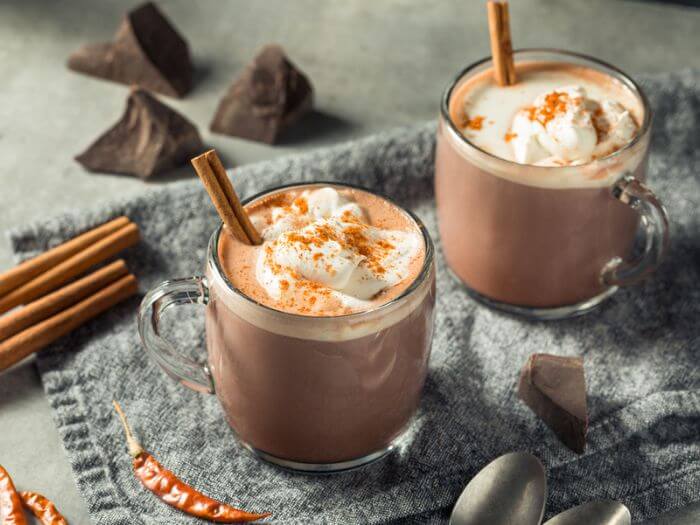
18. Churros
Churros arrived from Spain, but became completely ingrained with Mexican culture as the perfect companion for hot chocolate.
Their fried dough makes them crunchy on the outside and soft on the inside. And their cinnamon sugar dusting makes them irresistible.
19. Conchas
In recent years, this Mexican dish has become the sensation of bakeries in the U.S., but the merits of their flavours and textures were hardly a secret.
They’re soft, sweet buns topped with a sugary crust, often vanilla, chocolate, or strawberry-flavoured, combined and striped at the top to give them that famous seashell-like appearance.
They’re the product of French immigration during the 19th century, and the influence of their pastries and baking in the culinary DNA of Mexico.
20. Pan De Muerto
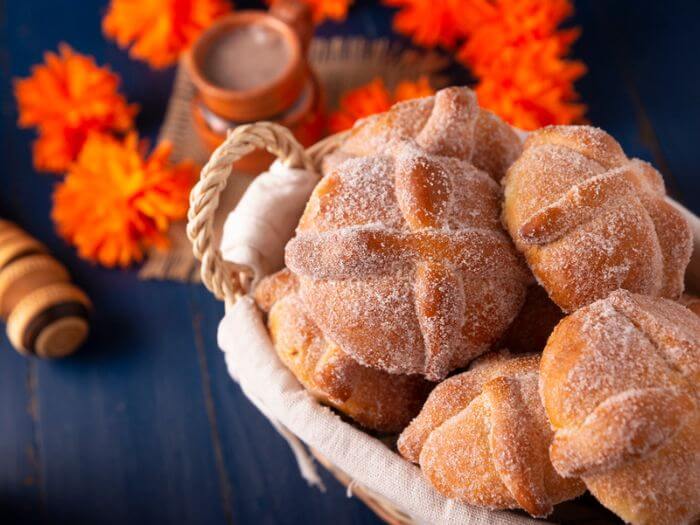
This is sweet bread with a purpose, which is honouring the deep cultural significance of Día de los Muertos.
Adorned with bone-shaped decorations representing the deceased, it frequently includes aromas of anise and orange blossom, and is topped with sugar, sometimes dyed to symbolize or emulate blood.
It’s not only eaten by those who celebrate Día de los Muertos, but is also left at graves or domestic altars as offerings. It’s a reminder that traditional Mexican food doesn't only unite people, but it also connects us with our loved ones, wherever they might be.
FAQs About Traditional Mexican Food
What are traditional Mexican foods?
Traditional Mexican food often involves the use of corn tortillas in combination with proteins, vegetables, and sauces, like tacos, burritos, tostadas, nachos, and chilaquiles, while others like tamales, mole, chiles en nogada, or huevos rancheros take advantage of the richness and diversity of ingredients in Mexican cuisine.
What are the top 10 Mexican dishes?
1. Tacos. The most recognizable Mexican dish around the world, these corn or flour tortillas can be filled with proteins, vegetables, and salsas. Al pastor tacos are one of the most popular varieties of this dish.
2. Nachos. Tortilla chips are dipped or mixed into sauces, spreads, cheeses or food mixes for this dish, which is very popular internationally and that even made its way through movie theatres’ concession stands worldwide.
3. Mole. Pored over meat, vegetables, or soon-to-be enchiladas, these sauces and marinades can be made in many different varieties, combining chilli peppers with vegetables, spices, nuts, or chocolate.
4. Guacamole. This avocado-based dip has become widely popular and has transcended Mexican cuisine. It's now also used as a spread, condiment, or even as a salad ingredient.
5. Burritos. Another tortilla-based dish that has made its way through many cuisines, and that has become a staple of Tex-Mex and southwestern cooking in the U.S. Popularly made with flour-based tortillas, there's even a breakfast version.
6. Chiles en nogada. A poblano chili stuffed with a picadillo mixture of meat, dried fruit, and spices, draped in a creamy walnut sauce and adorned with pomegranate seeds and parsley: it shows the colours of the Mexican flag, as well as the richness that only food cultures like Mexico’s can achieve.
7. Aguas frescas. Blending fresh fruits, seeds, flowers, or cereals with water and a touch of sugar, they reflect the variety of ingredients in Mexican cuisine, and are a perfect companion for the bold and spicy flavours of Mexican dishes.
8. Tortas. The biggest contribution of the state of Puebla to the sandwich universe, it’s often a big dish filled with ingredients of Mexican cuisine and can even make a crossover to other dishes, like torta de chilaquiles or torta ahogada.
9. Huevos rancheros. A famous Mexican breakfast dish that integrates fried eggs with crispy tortillas and a tomato-chili sauce, and is often accompanied by refried beans, avocado slices, and a sprinkle of fresh cilantro.
10. Conchas. The product of French immigration during the 19th century, it’s how their baking entered Mexican cuisine's DNA. They combine soft, sweet buns topped with a sugary crust, often vanilla, chocolate, or strawberry-flavoured.
What is Mexico's national dish?
Mole, with its regional varieties, its indigenous influence, and the complexity of its combination of Mexican and international ingredients, is Mexico’s national dish. The poblano has become the most popular mole variety, but this and many other versions can be found in Mexican restaurants around the world.
Hungry For More Mexican Culture & Language?
After that delicious journey through Mexican cuisine, are you hungry for more Mexican culture and language? I thought so!
If you're into music and dancing, check out this post about Mexican dance styles.
If you want to improve your knowledge of Mexican Spanish, take a look at this post on Mexican slang words.
And if you want to know more about the differences between Spanish from Spain and Mexican Spanish, take a look at this article on Spain Spanish vs Mexican Spanish.

Olly Richards
Creator of the StoryLearning® Method
Olly Richards is a renowned polyglot and language learning expert with over 15 years of experience teaching millions through his innovative StoryLearning® method. He is the creator of StoryLearning, one of the world's largest language learning blogs with 500,000+ monthly readers.
Olly has authored 30+ language learning books and courses, including the bestselling "Short Stories" series published by Teach Yourself.
When not developing new teaching methods, Richards practices what he preaches—he speaks 8 languages fluently and continues learning new ones through his own methodology.
